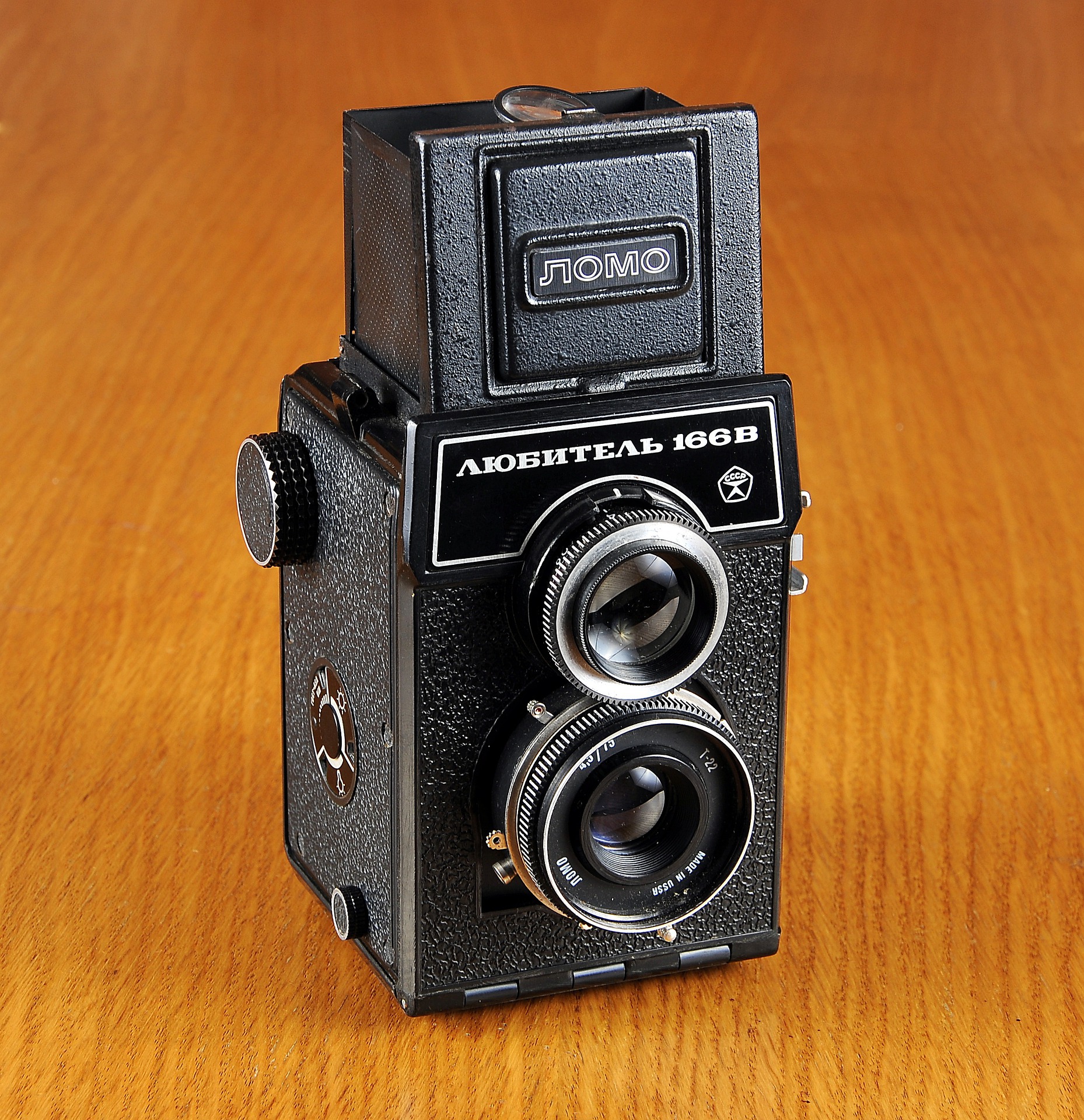Safety of fleets, drivers, and assets is paramount for fleet managers as a tiny mistake can cause loss of money as well as people’s lives. Did you know that fleet managers can squander as much as $70,000 in an accident? Hence, they need to ensure that drivers are skilled enough and that vehicles are properly maintained to avoid accidents or collisions.
But they can do so when they are able to closely monitor driver and vehicle performance effectively. Indeed, fleet telematics systems are rising in popularity and are incredibly beneficial in helping fleet managers provide information on fleet operations. However, to ensure safe operations, dash cameras, also referred to as dash cams, offer an unbiased view of entire trips.
Dash cams are small cameras mounted onto the vehicle’s windshield that record audio and video footage, offering additional security. So dash cams can offer photographic and unbiased evidence if an accident happens. In fact, an increasing number of car accidents and crimes and rising awareness about safety on the road are driving the demand for dash cams in the last few years. In 2020, the global dashboard camera market size was valued at US$3.2 billion and will grow at a CAGR of 12.9% by 2028.
Dual-facing Dash Camera
Nevertheless, even dash cams are evolving, and the most advanced type is a dual-facing dash camera. Similar to a front-facing camera, a dual-facing camera is installed on the car’s windshield, but it also has an inward-facing camera that records activities inside the cabin. So, dual-facing cameras record what’s happening on the road as well as inside the cabin.
Fleet managers can go through the video footage to check any abnormalities related to driving behaviour. 87.2% of truck accidents are caused due to driving error, and 80% of accidents between trucks and passenger vehicles are because of a passenger’s fault. If your driver is not at fault, a dual-facing dash camera can help prove that and show that he was driving responsibly.
Nevertheless, a wide variety of dual-facing dash cams with powerful features are available in the market. But you might want to consider some essential elements before you go ahead to buy one.
Full HD Video
This is an essential feature that you shouldn’t overlook. You’ll spend more time evaluating the footage if the video recordings aren’t clear. Hence, make sure to buy a dual-facing dash camera that offers a wide-angle view with at least 1080p HD video and a high dynamic resolution (HDR) at a frame rate of 30fps.
This helps you to get more intricate details that can help solve critical challenges. For example, in a hit-and-run case, these cameras can help capture licence plate numbers or, if possible, the culprit’s identity. If the video resolution is pretty low, fleet managers and cops can have a hard time finding the criminal.
Further, consider if the internal lenses offer infrared illumination lighting as it helps capture clear videos at night or in darker environments.
Internet Connectivity
This is an essential feature as you don’t want to lose any footage due to lack of space. These cameras record footage on a local memory card that typically has limited storage capabilities. So, most cameras loop data wherein new footage will replace old footage because of less storage space. Hence, check for dash cameras that offer internet connectivity capability to quickly back up the data on the cloud.
This empowers you to view any footage anytime, anywhere on the cloud and gives you the peace of mind that data cannot be lost or fabricated. Nowadays, some dash cams even wirelessly connect with your smartphone, enabling you to stream the footage on the smartphone or tablet.
In-cab Driving and Detection Features
Dual-facing dash cams can help monitor drivers’ driving behaviour in real-time, and AI-powered cameras can detect lethargic activities like fatigue and alert the driver through an in-cab audio feature. Further, when integrated with a fleet telematics system, these cameras can send additional alerts on driving behaviour, such as excessive speeding, hard braking, etc., in real-time. So, fleet managers can get warnings and notifications from both telematics and dual-facing dash cameras.
Of course, the camera provides unbiased context to such actions through the video footage on-road and inside the cabin. This helps you to know the exact cause of the driver’s action, rather than simply relying on warnings.
Parking Mode
Parking mode is basically when the dash cam records when the vehicle is parked and not moving. If the driver parks at a rest stop, they don’t need to turn off the camera because it automatically goes into sleep mode. However, it starts recording if the dash cam detects any motion or an impact.
This is useful in case of theft, or someone accidentally hits your car. The footage can help you to know what happened when the driver was not around. Some dual-facing dash cams intimate about a break-in or collision to the driver or vehicle owner on the mobile app, that too, in real-time.
Final Thoughts
Though dual-facing dash cameras offer exceptional benefits, many drivers feel these devices invade their privacy. Moreover, different countries have introduced laws around the usage of dashcams to ensure data privacy and high security, so make sure to check the laws before deploying one. But do not forget to buy a dash camera from a company that is easy to install and offers good customer service and support.
Read also : Five Benefits Come With Installing Waterhog Logo Mats

